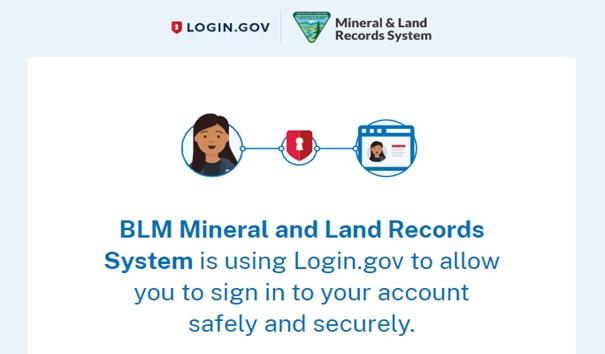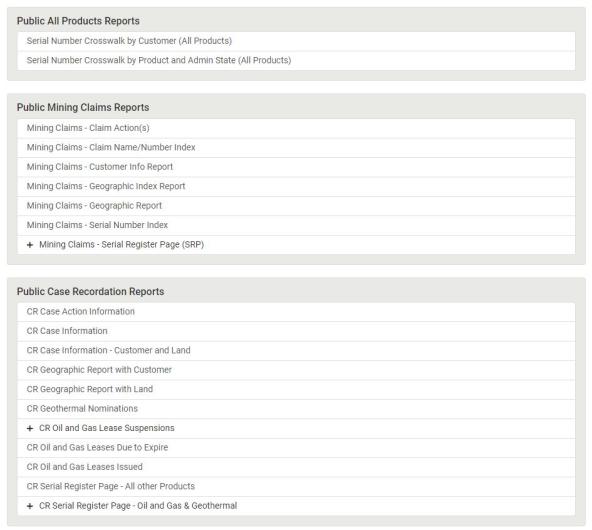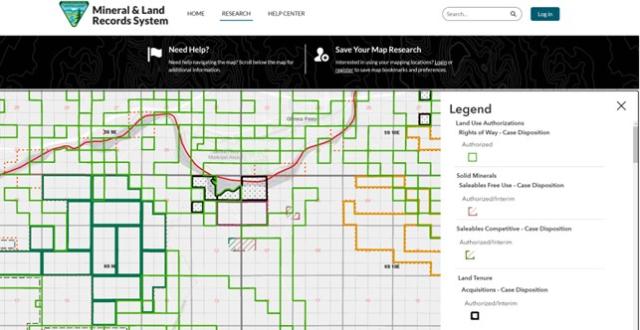Related Stories
- Dark Sky Week: 12 spectacular BLM stargazing sites
- National Conservation Lands: 25 years – and eons – in the making
- BLM publishes interactive web map displaying access to public lands
- BLM announces 2025 fee-free days
- Fourth Restoration Landscape film highlights Cosumnes Watershed fire and fuels reduction efforts




